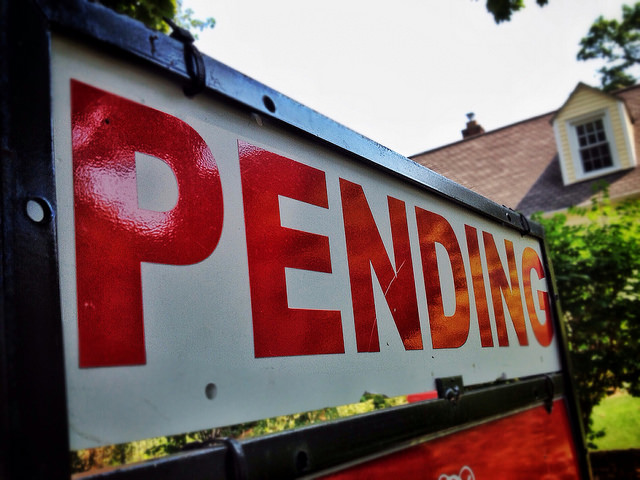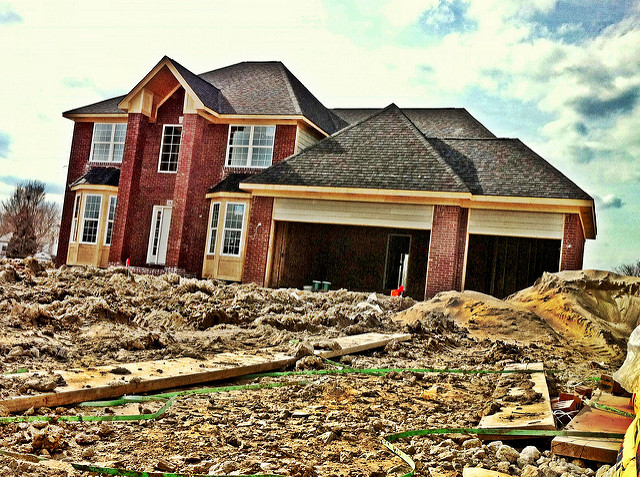According to the Mortgage Bankers Association’s Weekly Applications Survey, average mortgage rates moved up last week from the week before. Rates increased for 30-year fixed-rate loans with conforming balances, mortgages backed by the Federal Housing Administration, and 15-year fixed-rate loans. Interest rates for jumbo loans fell slightly. Despite higher interest rates, however, there is evidence that the spring buying season has begun. In fact, demand for purchase applications was up 2 percent from the week before and is now 21 percent higher than at the same time last year. The improvement was welcome news during a week when overall mortgage application demand was down 1 percent due to dropping refinance activity. But – though higher rates have contributed to fewer homeowners looking to refinance their loans – Lynn Fisher, MBA’s vice president of research and economics, told CNBC that recent comments from Federal Reserve Chair Janet Yellen indicate that the Fed likely won’t raise interest rates again any time in the near future. “As the market incorporates beliefs about a lower rate path in the wake of chairwoman Yellen’s comments, mortgage rates are likely to follow the 10-year Treasury yield downwards this week,†Fisher said. The MBA’s weekly survey has been conducted since 1990 and covers 75 percent of all retail residential mortgage applications. More here.













